
Alley Knowing
As Tim Dee (2015, 5) says in Four Fields, “what is extraordinary about them often seems familiar.” By them, Dee means fields and their natural and human histories. And alleys are akin—human-made spaces that often run wild. Where fields are agricultural, alleys are infrastructural: flows of waste disposal, gutters and downspouts, nests of overhead laundry lines and telephone wires, gas meters and electrical enclosures, or the ad hoc storage of junk. Alleys are business as usual, but they are also sites of speculative decay. Piles of mismatched brick and broken-down station wagons are placeholders, promises of futures that hang on catching a break, saving up, or taking time off. Alleys are a form of attention, where abandoned and jerry-rigged uses cue rhythms of material life that seem too much or not enough. They are out of sync with market logics, circulatory zones where thriftiness counts as care and excess shows up as an embarrassment of disposability. Alleys harbor the incivility of urban life, disregarded and unmanageable, but also OCD.
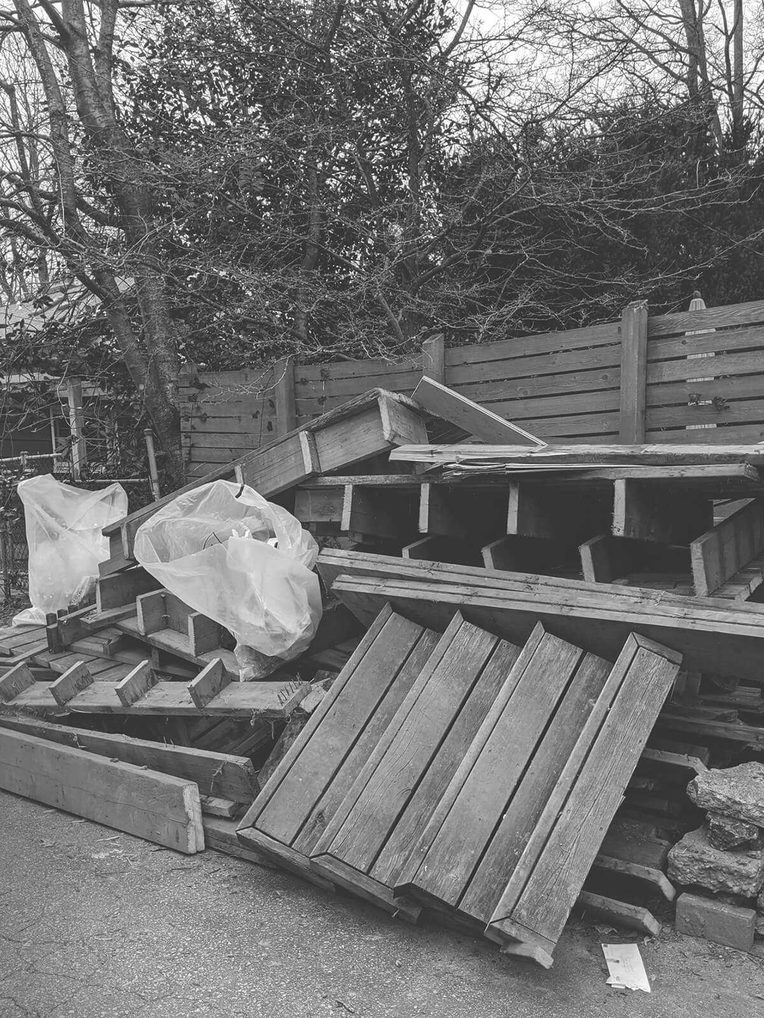
Street fronts, on the other hand, are mixed up in curb appeal: issues of status, bylaws, and other municipal and informal regulatory regimes. In the front, the pleasures of tinkering or tending-to are accompanied by domestication as a neighborly value forged in the join of civic pride and moral hygiene. Out back, by the outbuildings and overgrowth, the social and landscape architectures are makeshift. Carports stash unusable lengths of rebar and lumber. Property lines are breached with trash. Insurance hazards and zoning grey areas proliferate. The alley makes evident the slippages of demography, where rich and poor alike run out of room and cast off what is unwanted—where both the spoils of hoarding and make-do projects are beholden to a calculus of exhaustion.

For months now, I have walked four alleys in Vancouver’s Grandview-Woodland neighborhood just south of Commercial Drive, once a skid road that supplied logs to the Hastings Sawmill on Burrard Inlet, now a mix of Afro-Carribean hair salons, co-op and Native social housing, and gentrifying cannabis dispensaries. The streetscape alternates with low stuccoed houses, two or three low-rise apartment blocks, an occasional modernist concrete and glass intervention, Tibetan prayer flags, tarped-over PVC pipe greenhouses or gangly cinder-block gardens, and clipped hedges arching out into the geometry of decades past. At long intervals, sidewalk slabs have been stenciled over with “kill all TERFS” graffiti. On one paint-peeling veranda, a bedsheet tacked to the eaves reads “DECOLONIZE NOW!” scrawled in neon orange construction marking spray.
My alleys and their grid of roadways and dwellings belong to dissemination area 59151429 (figure 1). But while data (figure 2) tell of roughly six hundred inhabitants (aged forty-one on average, with median yearly incomes of forty-one thousand, and who largely own pre-1960s single-detached homes now worth millions), census metrics shrug off what it feels like to work the night shift or hustle the gig economy to make ends meet while chipping away at an avalanche of debt (Statistics Canada 2017). The census is indifferent to multigenerational, queer, nonbiogenetic, and nonhuman kinships and living arrangements. But nowhere is census failure more honed than in vectors of disrepair: the thirty major and two hundred minor required repairs self-reported cannot account for what has been hacked together in the alley, for bad jobs, incompletions, things stalled or on the rocks, and makings-do. It cannot square a ramshackle imperative to “DECOLONIZE NOW!” with the bureaucratic razor clarity of its long-form nation-building aims. Alleys are like survey marginalia, they transgress “official” schema and jam up qualitative tidiness (see Stoudt 2016).
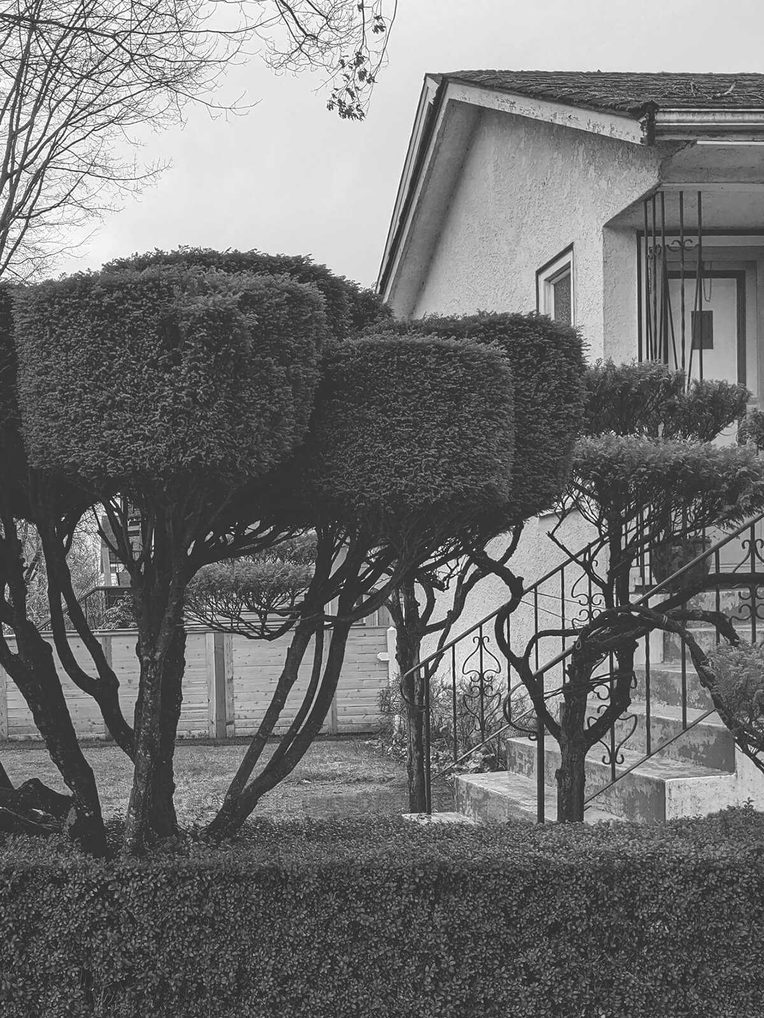
Evidence-based governance, after all, requires the transformation of “population” into an experimental object that can be both represented and “intervened in at the intersection of economics and biology” (Murphy 2017, 4; Clarke 2018, 14–16). Feminist science studies and other critical approaches attuned to the asymmetries of how data gain traction and circulate trouble the usefulness of demography for policy making (Williams 2010). Because, to see like a survey, as John Law (2009, 248) discerns, is to apprehend and naturalize the unruliness of life together as a stratified, measurable collection of isomorphic individuals in abstracted conceptual and geographical space. Surveys and other statistical methods are practices that perform realities even as they describe them (Law 2009, 240). If knowledge practices are performative, it follows that what is enacted is only real in “particular networks or systems of circulation” (Law 2009, 242)—like the bureaucracies of Statistics Canada, the staging of census questions vis-a-vis national agendas, the habits of parliamentarians fussing over survey content, the credentialing and hire of analysts, the scheduling and routes of postal workers and canvassers, or the negotiations of data entry clerks and clunky user interfaces. Without these entrenched material-semiotic routines, there is no “population,” only world. With Law (2009, 242), we might ask how “the real might be better enacted?” Outside the chains of practice that perform people and places as data points and vectors to surveil and manage, linger Indigenous and other non-Western forms of collectivity where the individual as unit of belonging no longer holds.
In coming to know with alleys, I am after queer practices and modes of noticing that exceed institutional capture. I want to read alleys for the ways in which everyday scenes have been gathered into form in improvisational maneuvers of care or neglect that elude smart city logics and intelligible configurings of polity. Encountering alleys as spaces of attention and abandonment works ethnologically to characterize what happens out back as the enabling of better reals.
Caring for Boring Things
In walking alleys, I am taking up Susan Leigh Star’s (1999, 377) call to “study boring things” as infrastructural ethnography. Infrastructures are traces of action that accumulate data, whether formally or as the residue of everyday life. They materialize classificatory schemes, arguments, and good or bad decisions. In the alley, disrepair and quick fixes interrupt the smoothness of city life to make working infrastructures visible. Walking alleys is not about transition, as if place could be stabilized by any easy mapping of movement from A to B. Nor is it meant to transgress method as usual. Rather, walking is “transcorporeal, transitive, and transspecies” (Springgay and Truman 2017)—it activates the ethics of being undifferentiably entangled in world. To walk as method is to contest processes of datafication while dramatizing what is noticed in order to tell stories that matter (Powell 2018).
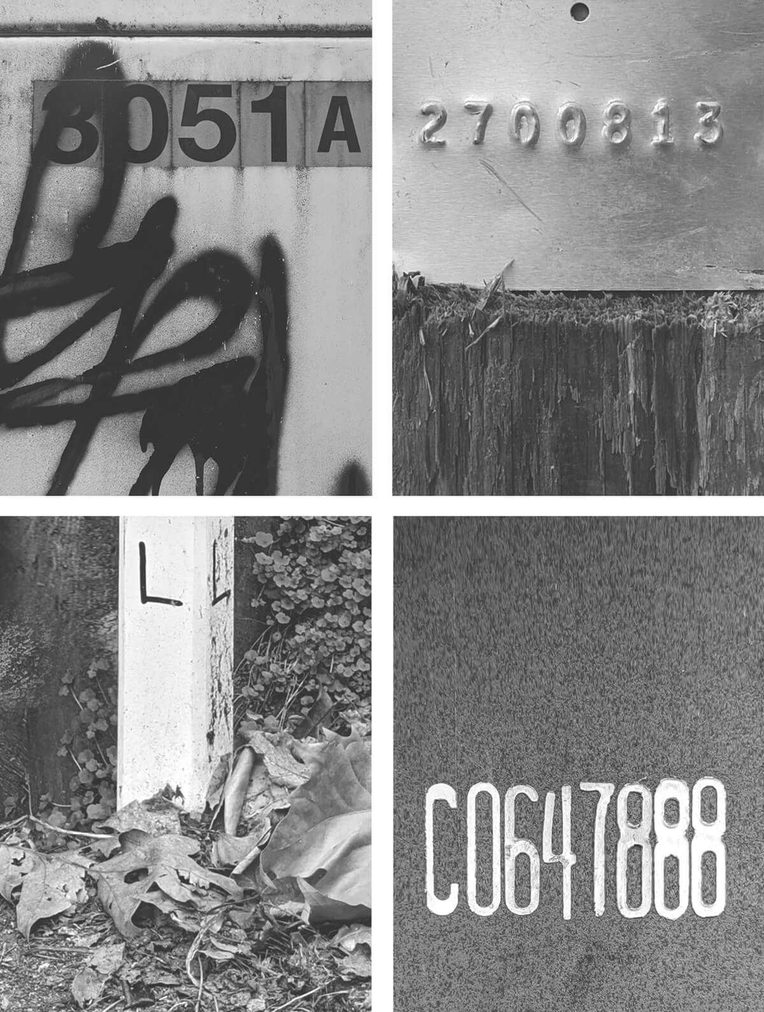
No doubt, alleys are data rich, conscripted into planning, wayfinding, utility, and governance apparatuses as zoning and land use spreadsheets and databases, lidar scans and orthophotography, sewage and waterworks maintenance dockets, metering devices, and easement agreements. At the scale of my alleys, everything is tagged: from numbered wifi transmission towers, telephone poles, and city-owned electrical cabinets to property line stakes and refuse collection, recycling, and compost bins (figure 3). One might easily conduct a nonhuman census. The enumerations and IDs evidence what Donna Haraway (2013, 161–64) calls the “informatics of domination”—the translation of world into a problem of code. Algorithmic approaches to data have become such central forms of knowing and doing that “other candidates for this role, such as air, the economy, evolution, the environment, satellites, and so forth, are understood and explained through computational concepts” (Berry 2012, 1). Coding cedes the messy relationality of world to colonial ranks of being and extractive ways of knowing. As Eve Tuck and K. Wayne Yang (2014, 811) caution, coding ethnographic, interview, survey, and other data is not immune to settler civilities of knowledge.
The data of my alley walks refuse easy coding. Not least of all because the world “bites back” (Law 2011). Such refusals are both ontological and practical: what can be found in alleys is interstitial, patched together, and relentlessly incomplete. Alongside John Law, I am after ways of tinkering toward more just patternings of life, experimenting with the non-disciplinary as a means to write with the flows of matter and meaning that make up shared worlds. Like Steven Jackson (2014), I take breakdown and decay—rather than growth and progress—as starting points for theory. Repair signals the breakpoints of social and technical architectures as they “creak, flex, and bend their way through time” (Jackson 2014, 223). The world fails and fixes, falls apart and reassembles. To encounter alleys in this way is to loiter in what Kathleen Stewart (2010, 1–2) calls a “compositional present,” attending to the atmospherics of place as they score over the work of “living out whatever’s happening” and push “circulating forces into form.” Much worlding happens behind the scenes.
Lexicon of Care
Following María Puig de la Bellacasa (2017), I hope to short-circuit what counts as legitimate care when facing disrepair, and to engage speculatively with practices of caring. Care cannot be abstracted from its situatedness. It is always compromised, inflected by other neglects. To cast care this way is to dream up nonnormative forms of worldmaking that decenter human agency (see de la Bellacasa 2017, 6, 16). Attuning to the compositional present of alleys, I offer a more capacious sense of code: an alternative lexicon of care. Lexicon is the group of words that make up a programming language. My lexicon experiments with “executable spatial scripts” (Mattern 2018) that make things happen outside the encodings of regulatory and civilizing infrastructures. In coding, to execute is simply to perform tasks according to instructions. But, as Hélène Frichot (2016, 6) writes, instructions “do nothing by themselves.” In the lexicon that follows, I survey the patternings of urban North American West Coast alley scenes to offer a speculative vocabulary for practicing the data of city life otherwise—each term an incitement to mess with instructions, to make space for the world to keep on.
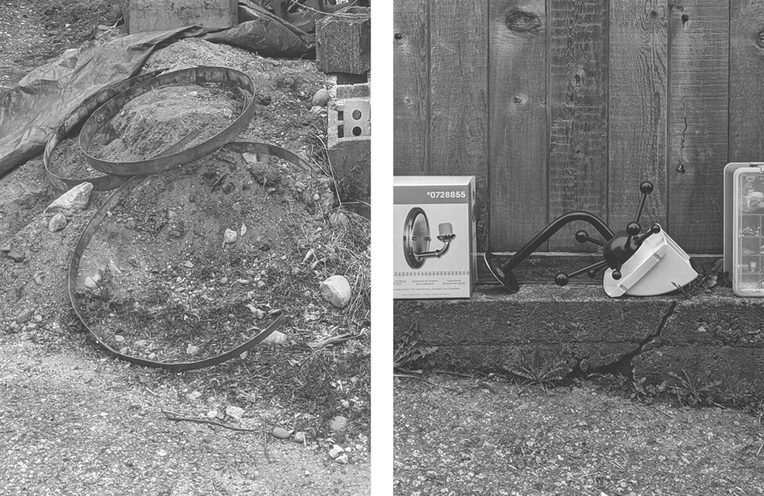
Abandoning
What gets abandoned has lost its shine or become too much to handle. It admits what ways of life cannot be supported. Sometimes there is no room. Uses elapse or become less pressing. To abandon is to give up for scavenging or give in to other interests or priorities of care. Abandoning marks shifts in attention, where action gets interrupted or a way of thinking becomes obsolete. Abandoning is also an indulgence: loosening inhibitions and denting the violence of propriety to open space for noncomforming inhabitations and configurations of world.
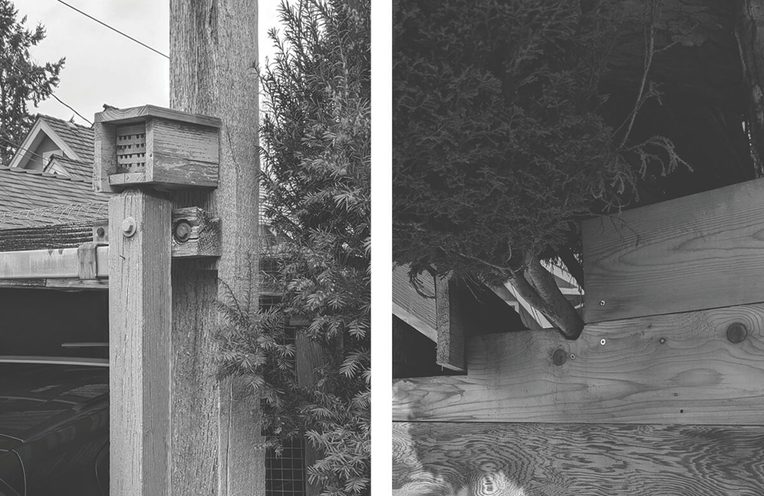
Accommodating
Accommodating takes stock of available space and gives shape to a place to stay. It does not forget what is already there, adapting to differences in capacity or need—housing, compromising. It averages out differences at the interface of scale and need. Making accommodations is going along with something, easily or not. To accommodate is to make room: either capacious or exploiting. Accommodation adjudicates the push and pull of desires, makes itself hospitable, and sometimes gets out of the way.

Adding On
To add on is to dignify something by recognizing its it-ness in relation to how it might be sidled up to. Adding on is a dual practice of preservation and inclusion. It resists tearing down (and sometimes cannot afford to). It considers and forms attachments. It accents—disregarding edges and joining in. To add on is to attend to encounters and bring differences into view. New and old hang together in adding on: time becomes a supplement, care is evidenced in proximities and continuations. Adding on is syncretic and nondestructive.

Covering Up
Covering up notices that things wear down, other forces are at play. It protects and hides, honing in on what can be exposed. To cover can be to admit embarrassment and own up to it—or to let incompetence hang out in the face of things. Covering up is a way of dealing with whatever it is that acknowledges mess is variable and teeming with potential. The time of covering up is both now and future: the long draw in between gives pause to making waste. To cover makes a zone out of promising flaws.

Doing a Bad Job
Bad jobs outsmart meritocracy just to get something done. They slip under the radar. Doing a bad job is a practical defiance (and often urgent). Enough is enough when there is no competition. Bad gets decided by what bumps up against it.
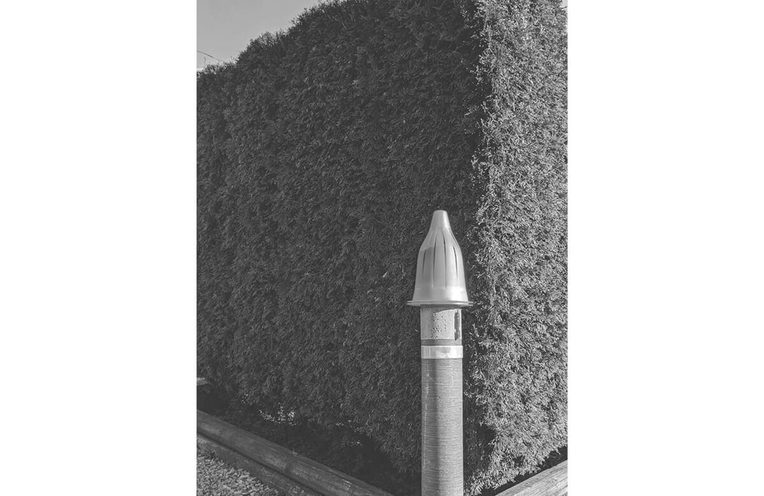
Keeping Safe
Keeping safe pinpoints nearness and diverts movement. It is the opposite of surveillance. To keep safe without watching invites risk or forgetting while putting things up for consideration. It works by how much a consequence is cared for.
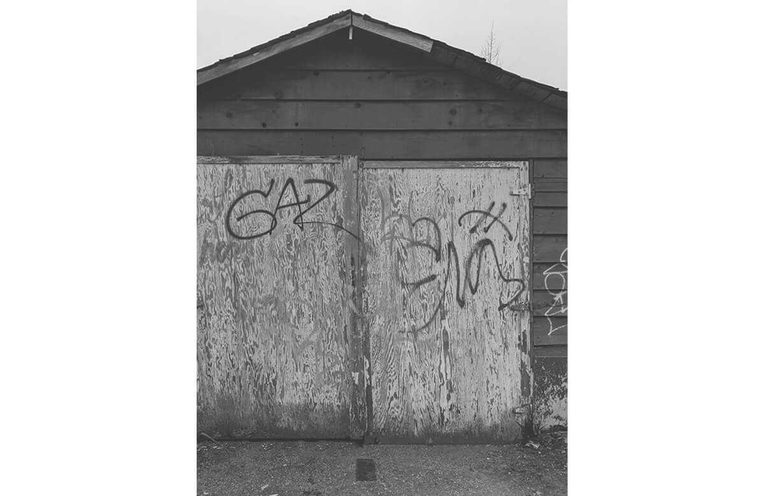
Leaving Be
Leaving be is indifferent to purity—it does not want to rectify. It intervenes by its own undoing, leaving disturbances undisturbed and inciting future tampering. To let be is to suspend controls via inaction, enabling better or worse collaborations.

Lining Up
Lining up accompanies other angles or comes into alignment as its own intent. It indexes orientations and lends adjustments. To line up fuses sensibility and shape, where compensation for irregularities is not individually lodged but in what is arraying.
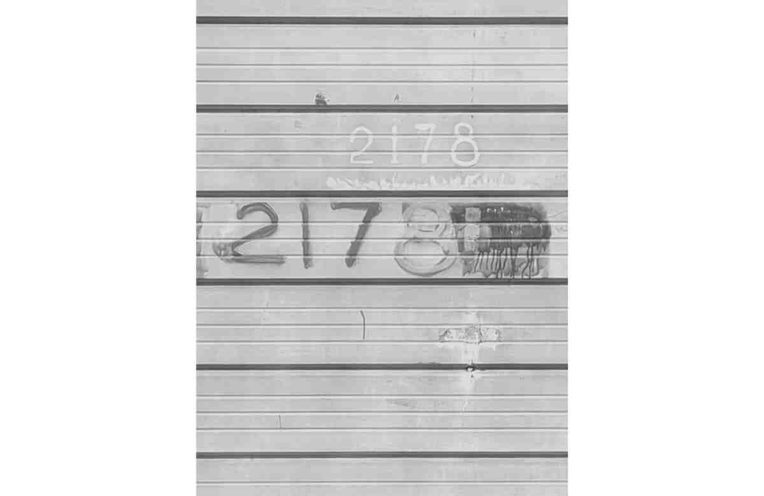
Making Do
Making do is good enumeration: it checks for need, contingence, and supply. Averaging out what can be worked transformatively, making do submits its uses to surprise and exigent (sometimes pleasurable) imperfection.

Patching Together
To patch together is to scramble origins, making a guessing game of provenance. Patching together is strengths and weaknesses working in variegation. It makes connections in spite of suitability and resists consistent scale.
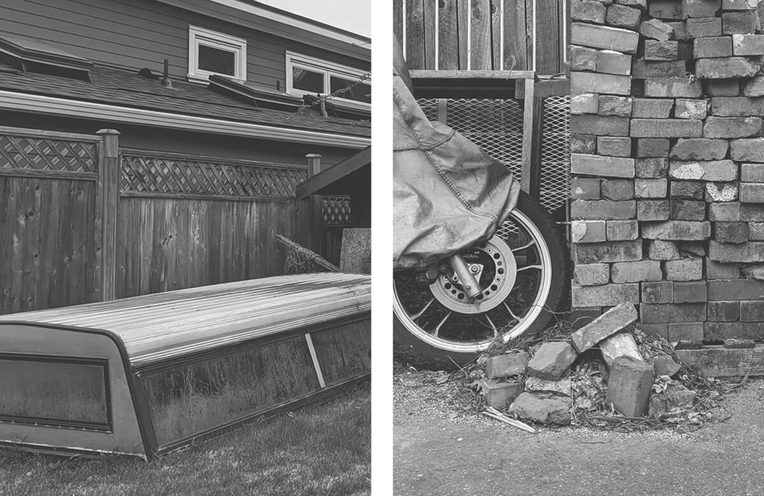
Saving for Later
Saving for later propagates possible futures, where what is saved stakes out the eventuality of creativity. It is an interruption of use (or point of exhaustion) that anticipates opportunity or need. To save for later is an economy of conjecture. It takes potentials as open and unpredictable, moving in and out of context, and generating a sense of worth by way of mutual inventiveness. Saving is preemptive: the space it takes cannot accumulate. It does not waste even if it wastes away: its placement matters.
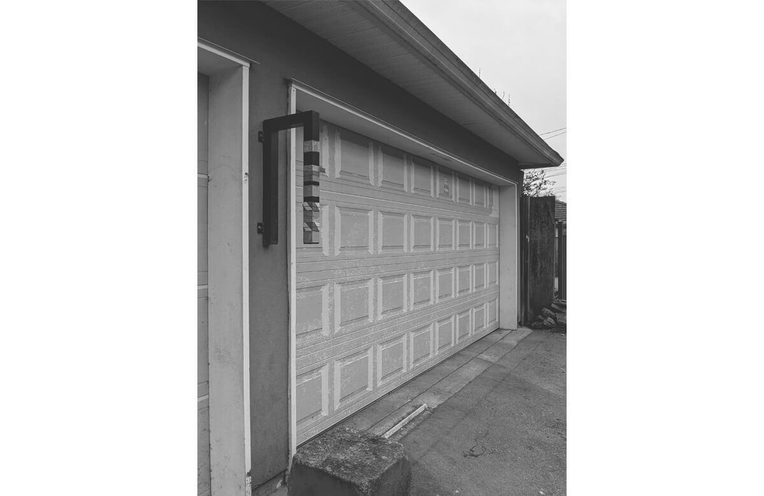
Tinkering
Tinkering iterates over uses aimlessly or with a loose attachment to outcome. Its failures keep it going. It is responsible to its own effects, continually adjusting. Tinkering skills emerge in mismatches and limitations as incremental adaptation. To tinker is to keep change at the scale of the haptic—or to get a feel for complexity through sustained trying. Tinkering is busy work, but not productive. It works on hunches: its experimentality cannot be professionalized.
Download a zine version of Four Alleys [http://mathewarthur.com/zines].
References
Berry, David, ed. 2012. Life in Code and Software: Mediated Life in a Complex Computational Ecology. London: Open Humanities Press.
Clarke, Adele E. 2018. “Introducing Making Kin Not Population.” In Making Kin Not Population, edited by Adele E. Clarke and Donna J. Haraway, 1–40. Chicago: Prickly Paradigm Press.
Dee, Tim. 2016. Four Fields. Berkeley: Counterpoint.
de la Bellacasa, María Puig. 2017. Matters of Care: Speculative Ethics in More Than Human Worlds. Minneapolis: University of Minnesota Press.
Frichot, Hélène. 2016. How to Make Yourself a Feminist Design Power Tool. Baunach: Spurbuchverlag.
Haraway, Donna J. 2013. Simians, Cyborgs, and Women: The Reinvention of Nature. New York: Routledge.
Jackson, Steven J. 2014. “Rethinking Repair.” In Media Technologies: Essays on Communication, Materiality, and Society, edited by Tarleton Gillespie, Pablo J. Boczkowski, and Kirsten A. Foot, 221–39. Cambridge, Mass.: MIT Press.
Law, John. 2009. “Seeing Like a Survey.” Cultural Sociology 3, no. 2: 239–56.
———. 2011. “Heterogeneous Engineering and Tinkering.” Milton Keynes: The Open University.
Mattern, Shannon. 2018. “Executable Spatial Scripts.” In Supra Systems, edited by Georgina Voss, 19–20. London College of Communication.
Murphy, Michelle. 2017. The Economization of Life. Durham, N.C.: Duke University Press.
Powell, Alison. 2018. “Constructing Big Data: The Data Walkshop and Radical Bottom-up Data Knowledge.” In Ethnography for a Data-Saturated World, edited by Hannah Knox, 212–32. Manchester: University of Manchester Press.
Springgay, Stephanie, and Sarah E. Truman. 2017. “A Transmaterial Approach to Walking Methodologies: Embodiment, Affect, and a Sonic Art Performance.” Body and Society 23, no. 4: 27–58.
Star, Susan Leigh. 1999. “The Ethnography of Infrastructure.” American Behavioral Scientist 43, no. 3: 377–91.
Statistics Canada. 2017. Census Profile: 2016 Census.
Stewart, Kathleen. 2010. “Atmospheric Attunements.” Rubric 1: 2–14.
Stoudt, Brett G. 2016. “Conversations on the Margins: Using Data Entry to Explore the Qualitative Potential of Survey Marginalia.” Qualitative Psychology 3, no. 2: 186–208.
Tuck, Eve, and K. Wayne Yang. 2014. “Unbecoming Claims: Pedagogies of Refusal in Qualitative Research.” Qualitative Inquiry 20, no. 6: 811–18.
Williams, Jill R. 2010. “Doing Feminist‐Demography.” International Journal of Social Research Methodology 13, no. 3: 197–210.